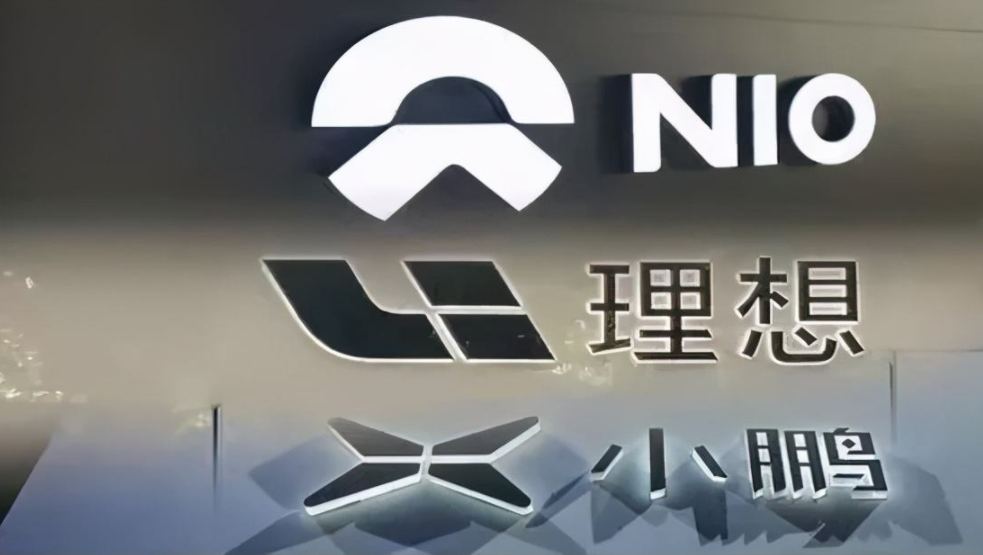Introduction
In the Chinese automobile market, new energy vehicle (NEV) startups have undoubtedly attracted the most attention. Among them, WM Motor has emerged as a force to be reckoned with, standing firm in the domestic market and becoming a strong rival to Tesla. In 2021, WM Motor delivered a satisfactory performance, and in 2022, who will take the lead in the domestic NEV market will be the biggest issue to watch.
Will Xpeng sustain its momentum?
In 2021, Xpeng delivered 98,155 vehicles, which is 3.6 times more than in 2020. Xpeng not only topped the sales chart among domestic NEV startups but also achieved the largest year-over-year growth rate. Among Xpeng’s three existing models, the P7, a mid-size sedan that directly targets Tesla’s Model 3, is Xpeng’s best-selling vehicle. The P5, China’s first mass-produced NEV equipped with a solid-state LiDAR system, has also attracted many customers interested in LiDAR technology. As for the G3i, which received a mid-cycle facelift, it is also competitive in terms of value for money. With the release of the G9, a mid-to-large-size SUV at this year’s Guangzhou Auto Show, Xpeng’s vehicle portfolio will be further improved. In addition, whether XPilot 3.5/4.0 can bring greater surprises to Chinese consumers is still an unknown variable. If the G9 and updated XPilot software can make greater breakthroughs, Xpeng naturally has more confidence in leading the segment market.
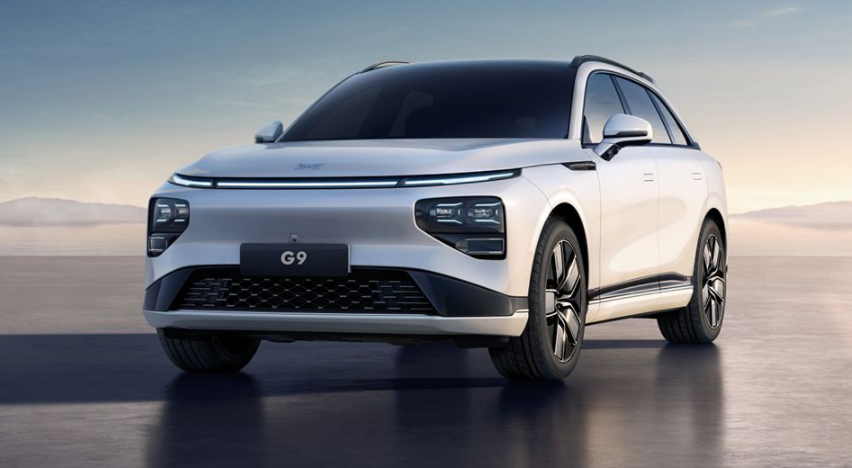
Has Xpeng’s ideal competitor emerged?
In 2021, Li Auto delivered 90,491 new vehicles. Although it ranks third among NEV startups, the value of this delivery volume is significant, considering that Li Auto achieved this with only one model and is less than 1,000 vehicles behind NIO. Since the mid-cycle facelift of the Li ONE in mid-2021, Li Auto has indeed experienced a surge in sales, but the impact of the chip shortage in the fourth quarter prevented Li Auto from reaching its target of 100,000 vehicles. For Li Auto, its other large extended-range SUV, which is about to hit the market, is its biggest hope to boost sales in 2022. However, as of now, there is a big question mark as to whether the extended-range technology route will continue to be favored by Chinese consumers after 2023 when hybrid vehicles are no longer favored by license plate policies.
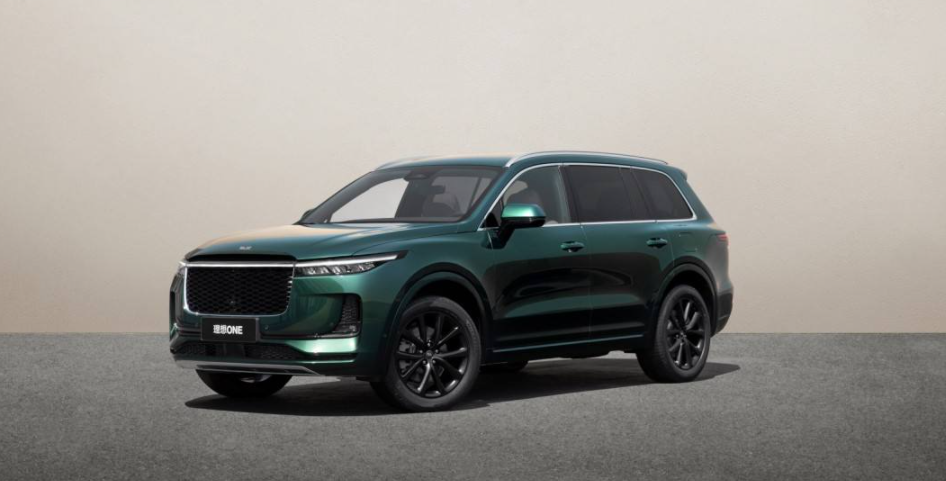 Recently, Huawei and Ceres jointly released a new brand under AITO, and the first model under this brand, WENJIE M5, has been unveiled. Like the IDEAL ONE, WENJIE M5 also has no range anxiety with its range easily exceeding 1000 km when fully charged. In terms of intelligent cockpit, relying on Huawei’s own Hongmeng ecology, WENJIE M5 is competitive with mainstream products in the market. In addition, Huawei will also use its nationwide offline stores as AITO exhibition halls, which gives WENJIE M5 more confidence. Therefore, for IDEAL ONE, unlike He XPeng, the WENJIE M5, backed by Huawei, will become the IDEAL ONE’s biggest competitor.
Recently, Huawei and Ceres jointly released a new brand under AITO, and the first model under this brand, WENJIE M5, has been unveiled. Like the IDEAL ONE, WENJIE M5 also has no range anxiety with its range easily exceeding 1000 km when fully charged. In terms of intelligent cockpit, relying on Huawei’s own Hongmeng ecology, WENJIE M5 is competitive with mainstream products in the market. In addition, Huawei will also use its nationwide offline stores as AITO exhibition halls, which gives WENJIE M5 more confidence. Therefore, for IDEAL ONE, unlike He XPeng, the WENJIE M5, backed by Huawei, will become the IDEAL ONE’s biggest competitor.
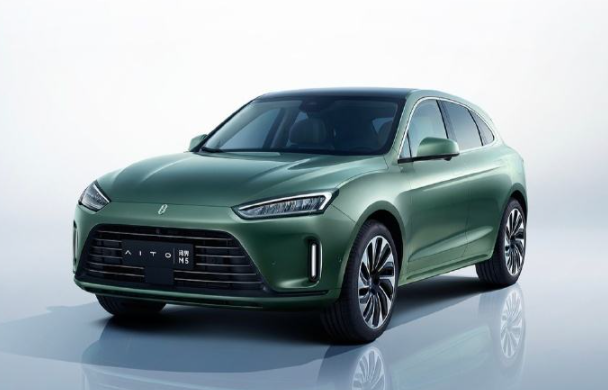
Can NIO Win Again with ET5?
For NIO, 2021 is the most stressful year since its founding. This pressure is different from the previous difficulties in financing and the stock price hitting a bottom. Its annual new energy vehicle sales champion was taken by XPeng, the new energy vehicle single car sales champion was firmly occupied by IDEAL ONE. NIO’s monthly sales have been surpassed by NIOBI which is caused by chip shortage and factory renovation. All these have made NIO feel tremendous pressure.
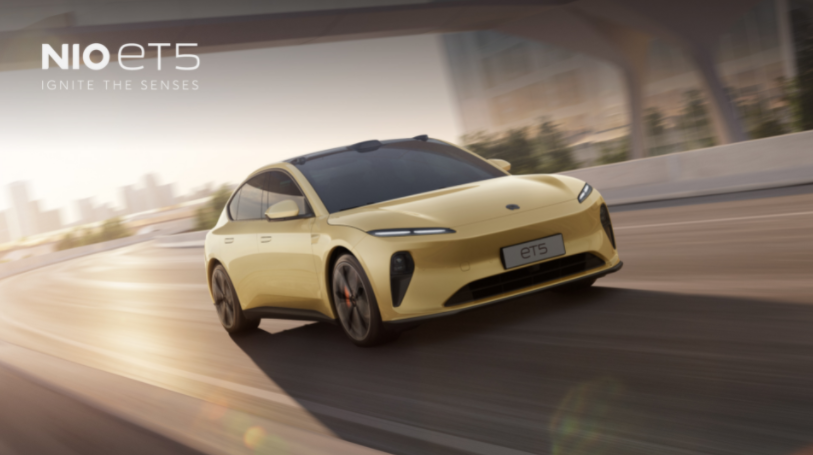
The fundamental reason for this situation is that NIO’s three SUVs based on the NT1.0 platform are no longer as outstanding in product design. Especially without LiDAR, navigation-related functions are significantly limited. The ET7 and ET5 based on NT2.0 platform both have LiDAR, which basically narrows the gap between NIO and XPeng and other competitors in this hardware. It is worth mentioning that the ET5 is not only priced at a reasonable price, but also has high configuration. Besides LiDAR, NIO has also integrated AR/VR technology into the smart cockpit. Especially for the NEDC cruising range version with a solid-state battery that is about to be launched, which can reach 1000 km, the ET5’s strong launch caused the APP paralysis during pre-ordering. However, the strong debut of ET5 made ET7 cold in an instant. In order to regain the new energy crown, NIO does not hesitate to sacrifice the ET7 which has not yet been launched. The ambition is self-evident.
Will Niuzhao continue to dominate while WmAuto lag behind?The existing NIO has made great progress, as evidenced by the strategic investment from 360 and CATL, which at least proves that NIO has established a firm foothold in this market and gained recognition. In 2021, NIO delivered a total of 69,674 new cars. Comparing this brand’s year-on-year growth rate at this point is no longer meaningful. It has experienced several months of single-month deliveries exceeding 10,000 units, including December, which just passed, which is enough to make it the second hottest new force brand in 2021. To go further in 2022, NIO needs to continue to launch new models and see if it can make breakthroughs in core technology with the help of 360. I’m sure Zhou Hongyi, who strategically invested in NIO, won’t let us down.
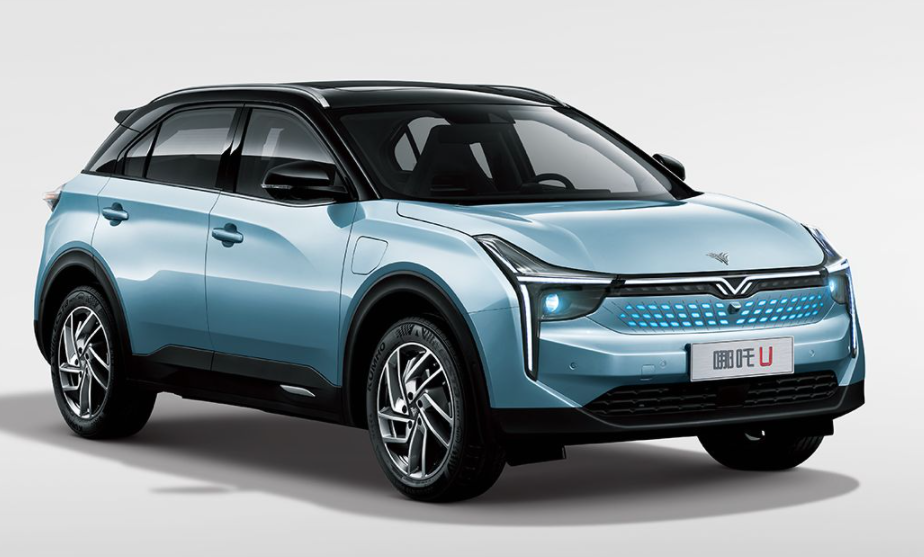
As for WM Motor, although it has successfully raised funds several times in 2021, its impact on the company is still considerable as it strives for an IPO on the sci-tech innovation board. Moreover, from the perspective of sales volume, WM is currently stable at around 5,000 units per month, which has been surpassed by NIO, and it is more or less the same as the old rival, Zeekr. In 2021, the sales performance of WM’s M7 will directly determine WM’s performance in 2022. However, under the double impact of NIO ET5 and the updated XPeng P7, there are certain uncertainties about the performance of M7. Whether it can persist in the sub-market and avoid falling as AiChi and Horizon did will bring significant pressure to Shen Hui.
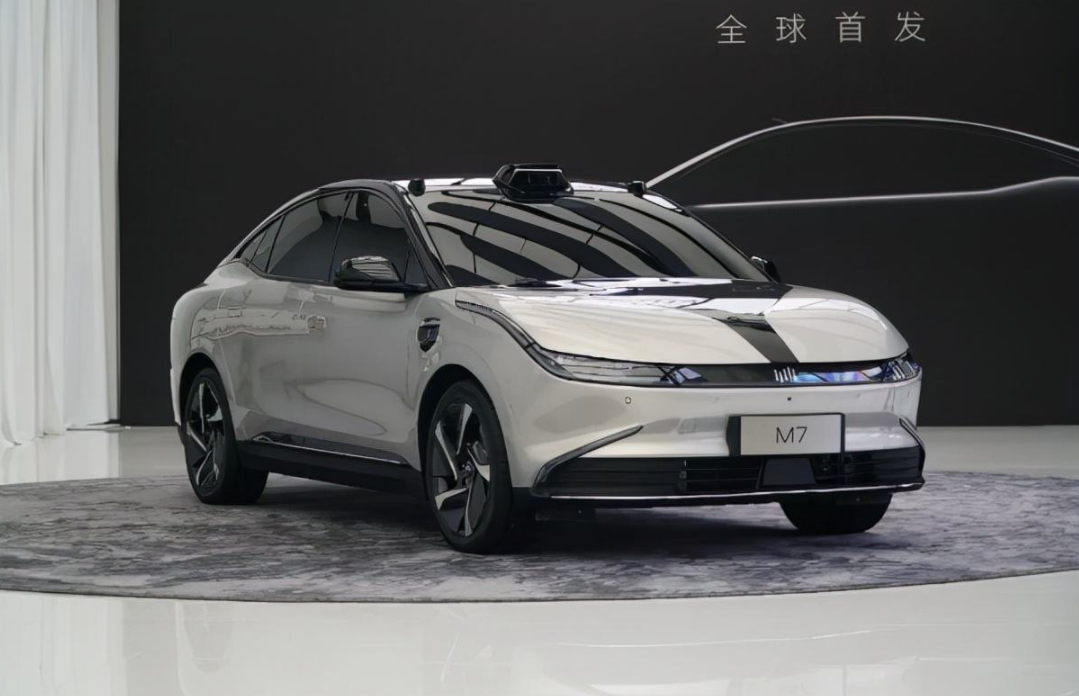
In 2022, the competition in the domestic electric vehicle market will be even more fierce, which has become a consensus among all parties. Domestic new energy vehicle brands will face not only Tesla but also a large number of electric vehicle models from traditional automakers. Huawei and Baidu, as well as the upcoming Xiaomi electric car, will attract a lot of attention from the media and consumers. The new energy vehicle market is still in a period of high-speed growth, but the increasing homogenization and the emergence of new brands have made the entire playing field more crowded. In this case, whoever can quickly expand their scale and volume from 100,000 units to 200,000 units can truly establish a solid foothold in the market.
This article is a translation by ChatGPT of a Chinese report from 42HOW. If you have any questions about it, please email bd@42how.com.
